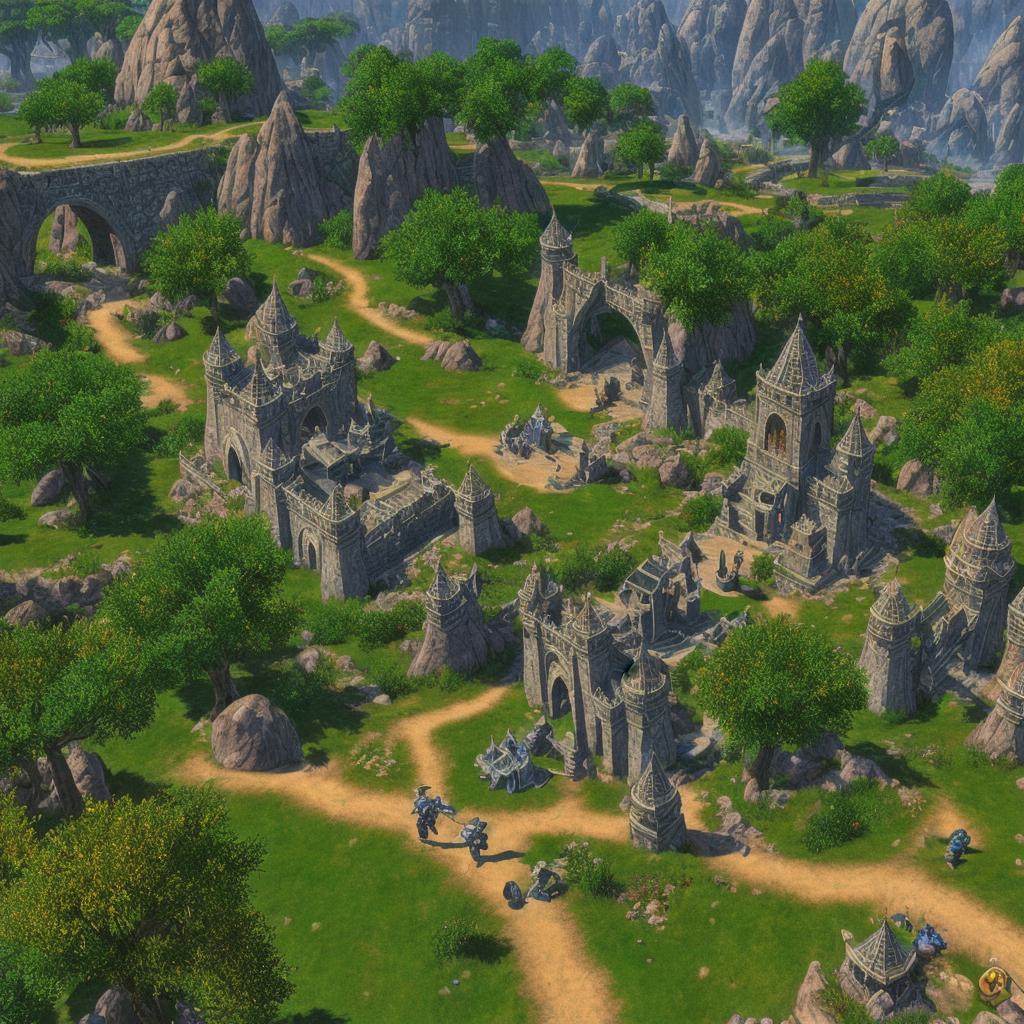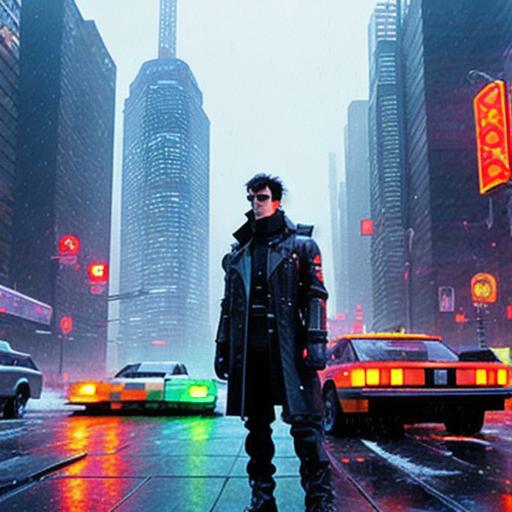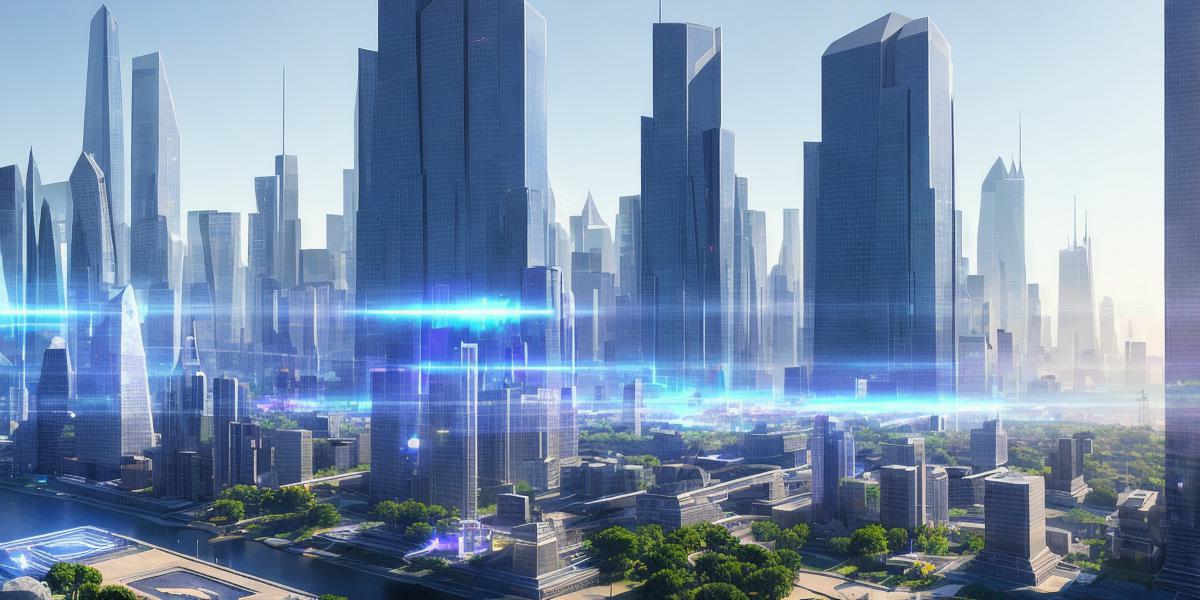Subtitle: From Science Fiction to Reality: A Journey Through Time
The concept of the metaverse, a virtual world where users can interact with a computer-generated environment and other users, has been a staple of science fiction for decades. However, its history is much more complex than just a figment of authors’ imaginations. Let’s delve into the origins and evolution of this intriguing concept.
- Early Beginnings: The Genesis of Virtual Worlds (Late 1960s – Late 1980s)
The seeds of the metaverse were sown in the late 1960s, when researchers began experimenting with creating immersive virtual environments. One of the earliest examples is Mycroft Holmes, a text-based virtual world created by William Gibson and David Levy in 1985. Here, users could interact with each other and explore virtual spaces as their avatars.
- The Rise of Graphical Virtual Worlds (Late 1980s – Late 1990s)
The late 1980s saw the emergence of graphical virtual worlds, marked by the release of "Snow Crash" by Neal Stephenson in 1992. This influential novel introduced readers to the concept of a metaverse populated by avatars, where users could interact with one another and engage in various activities, from commerce to entertainment.
- The Dawn of Multiplayer Online Games (Mid-Late 1990s – Early 2000s)

Multiplayer online games like "EverQuest" and "World of Warcraft" emerged during this time, providing users with a more immersive experience than their text-based predecessors. These games laid the groundwork for modern metaverses by allowing players to interact with each other in real-time, creating communities that persisted beyond individual gaming sessions.
- Virtual Economies and Social Networks (Late 1990s – Present)

The late 1990s also saw the emergence of virtual economies and social networks within these virtual worlds. "Second Life," launched in 2003, became a pioneer in this space by allowing users to create their own content, buy and sell virtual goods, and even start businesses.
- The Metaverse Today:
Bridging the Gap Between Virtual and Reality (Present)
Today, advancements in technology have brought us closer to realizing a fully-functional metaverse. Companies like Facebook (now Meta Platforms Inc.) and Microsoft are investing heavily in virtual reality and augmented reality technologies to create more immersive experiences. With the ongoing integration of virtual and real worlds, the future of the metaverse is exciting and ripe with possibilities.
In conclusion, the history of the metaverse spans over five decades, starting from text-based virtual environments in the late 1960s to today’s immersive virtual and augmented reality experiences. As technology continues to evolve, we can expect the metaverse to become an increasingly integral part of our daily lives.
